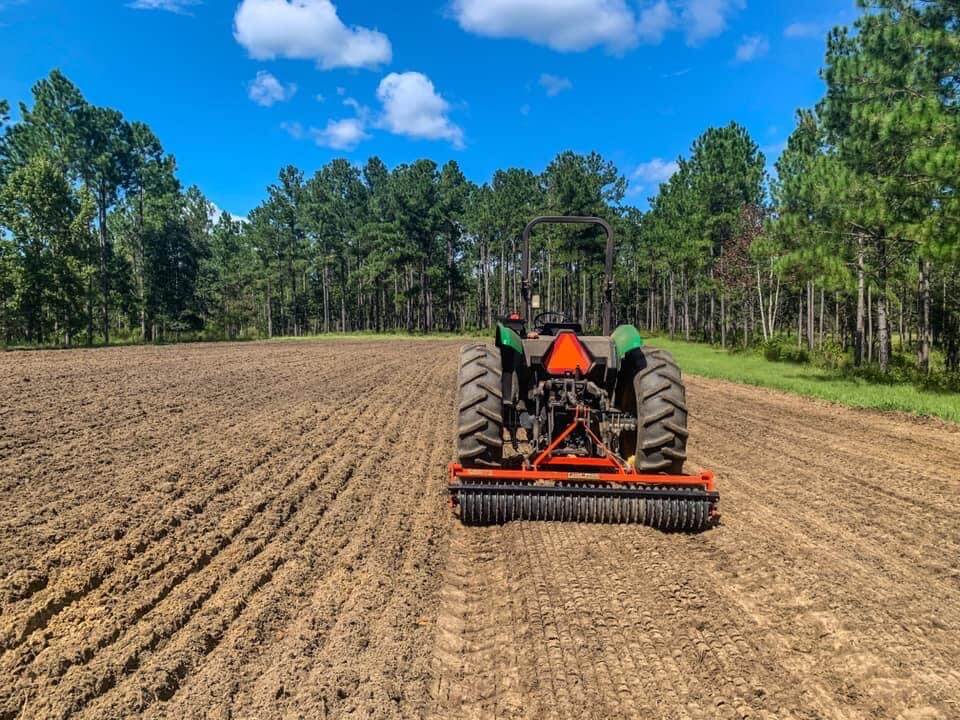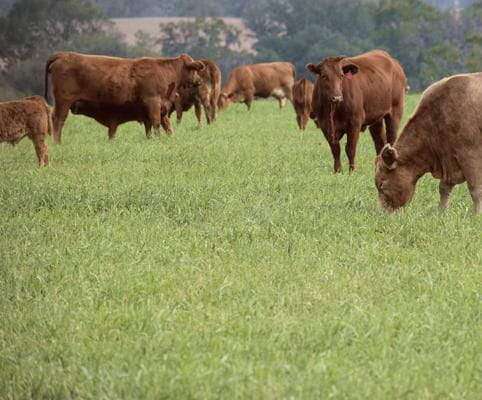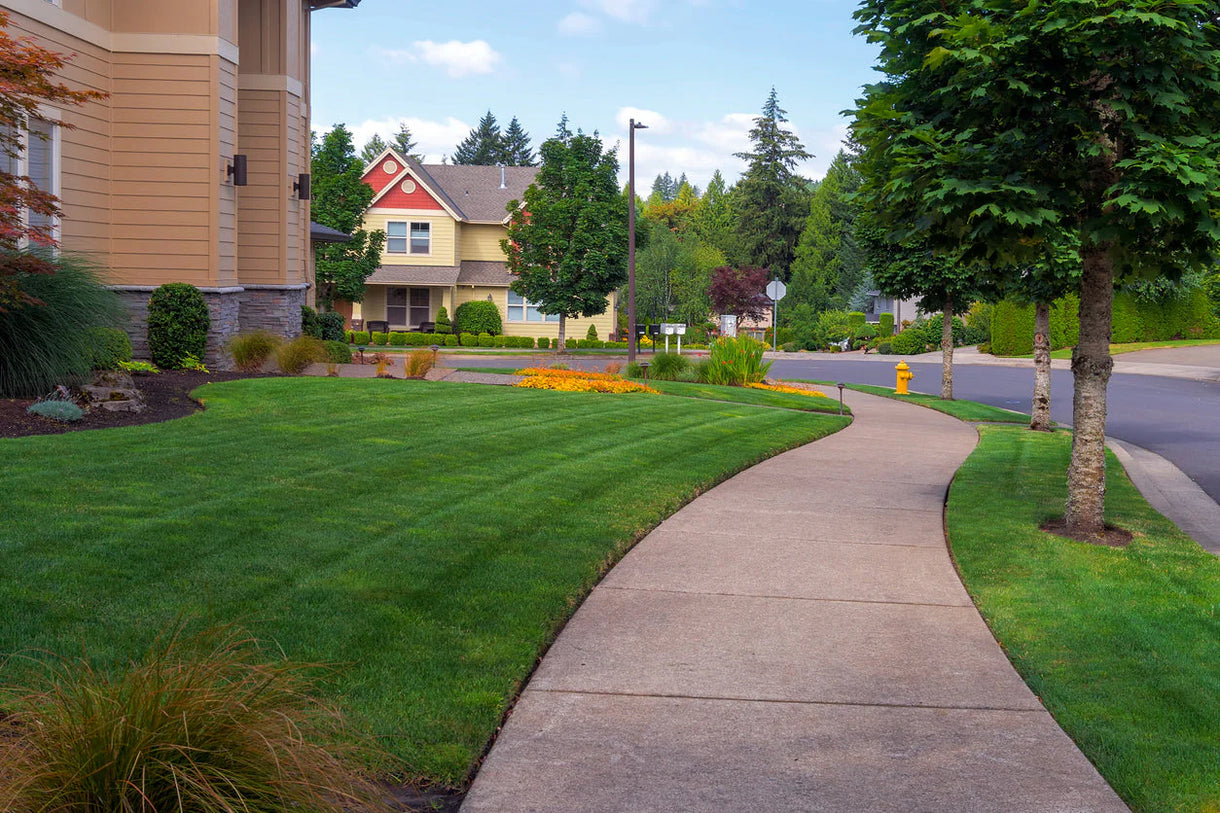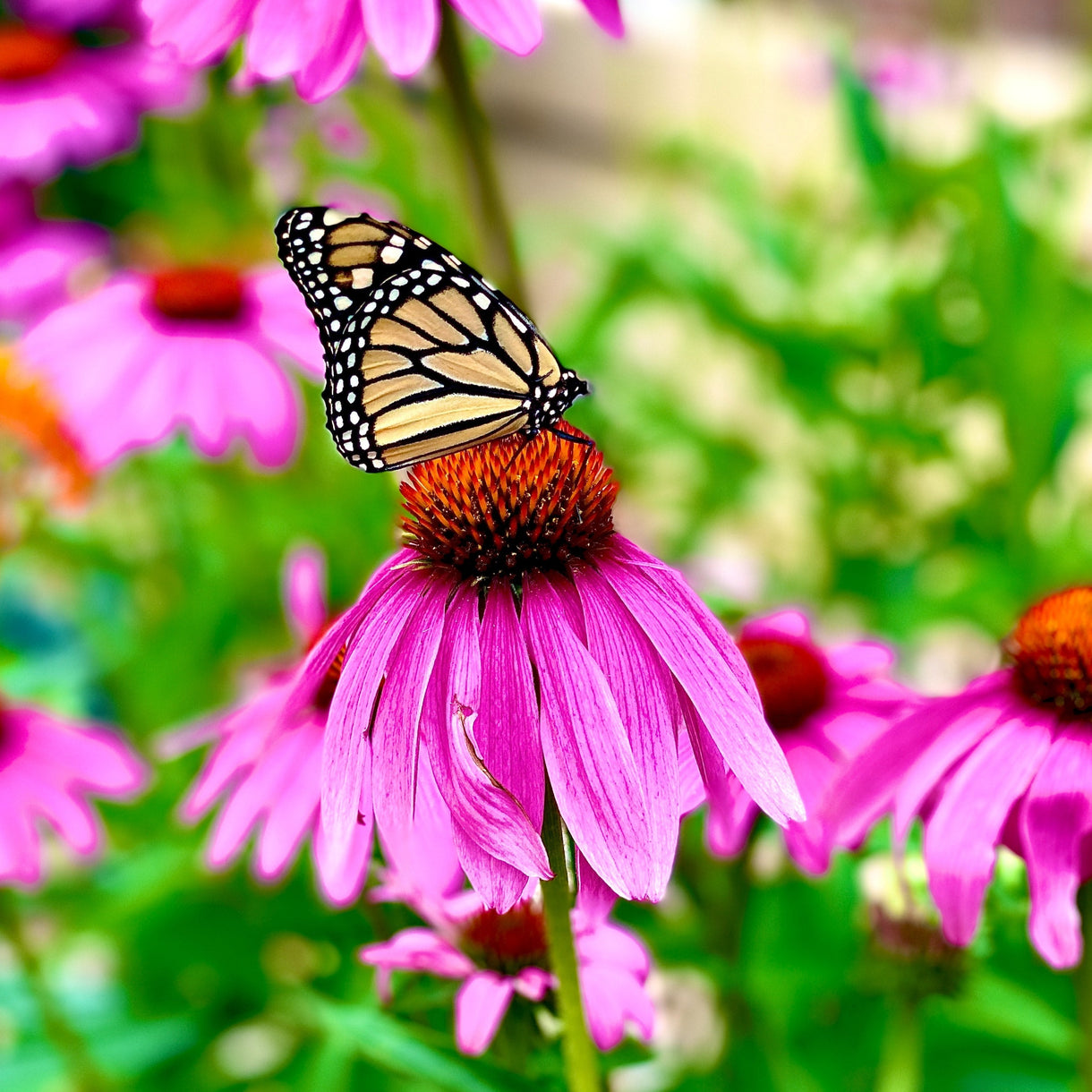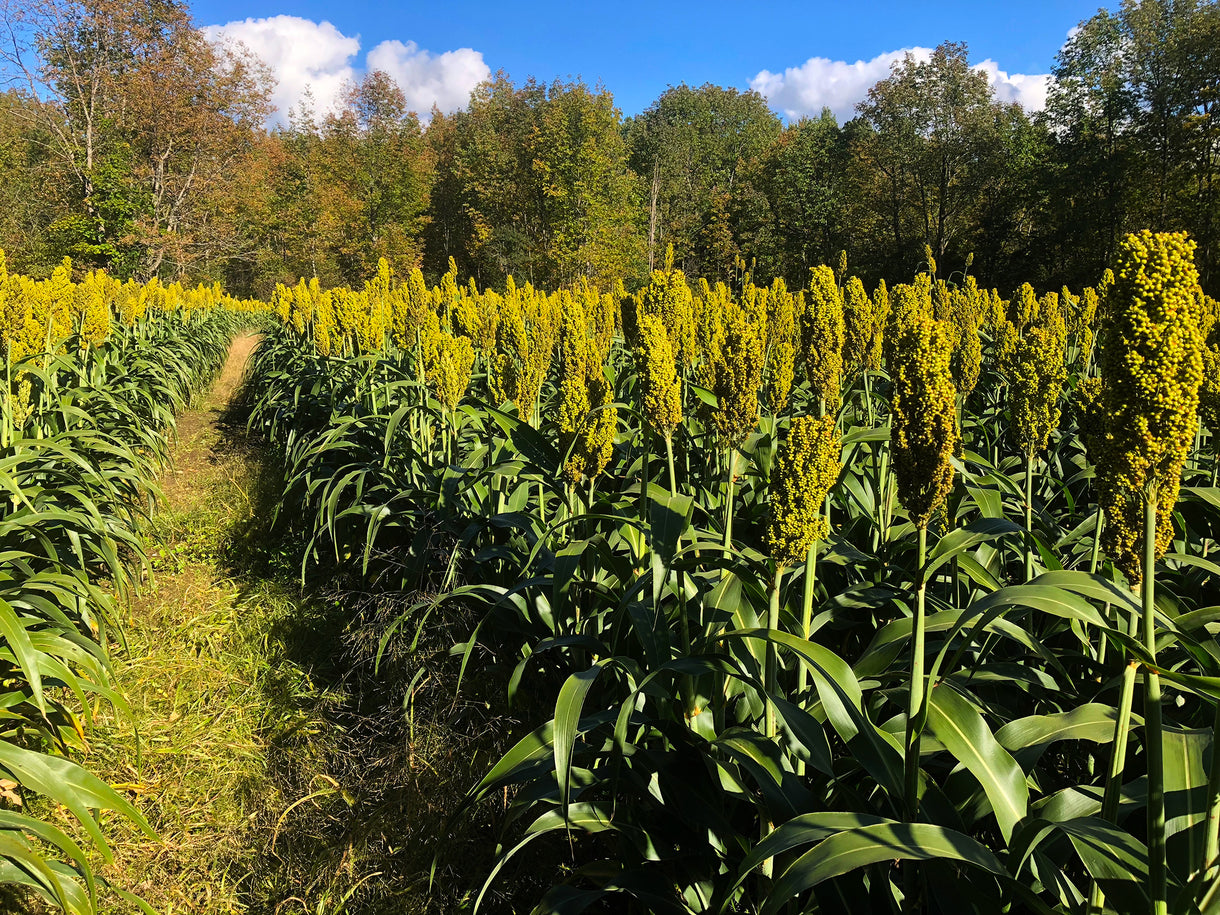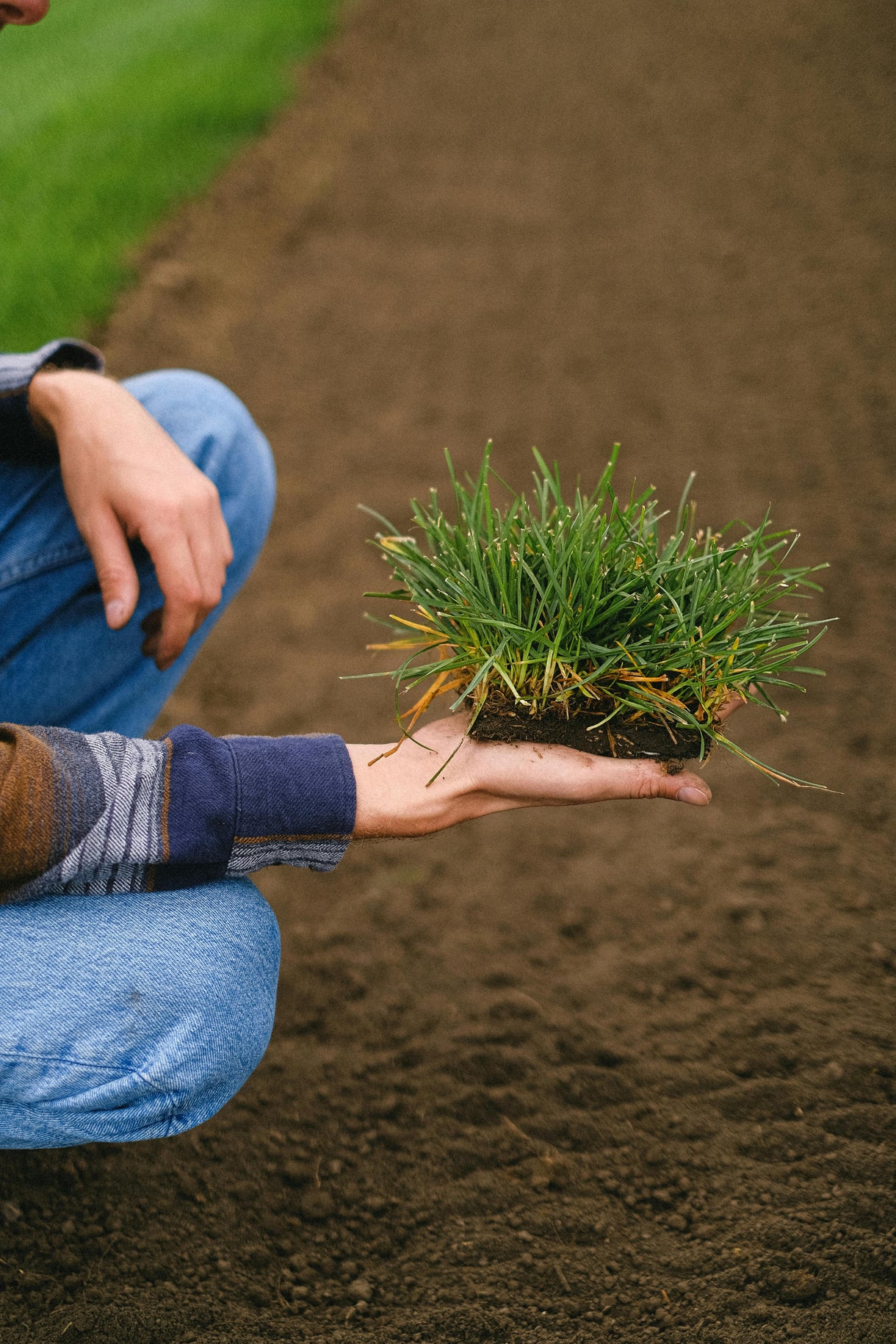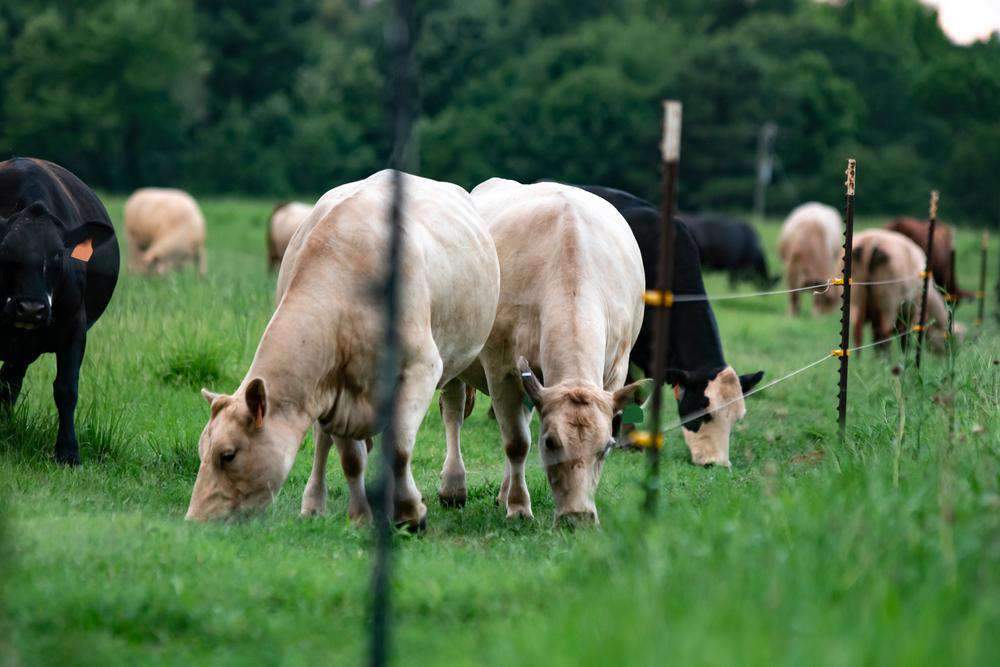Popular Products
Popular Products

- When to plant:
- Spring, Summer
- Fertilizer:
- Hancock's 16-04-08 Lawn & Pasture Fertilizer
- Seeding rate:
- 12 - 15 lbs. per acre
- Overseeding rate:
- 10 - 12 lbs. per acre
- Seeding depth:
- 1/8 inch
- Ideal ph:
- 5.5 - 8.0
- Gmo:
- No
- Inoculant needed:
- No
- Coated or raw:
- Coated
- Lifecycle:
- Perennial
- Climate zones:
- Transition Zone, Warm Season
Stampede Plus Bermuda Grass Seed blend was developed for faster establishment and higher productivity in warmer temperate climates. Stampede Bermuda is a proven performer for hay or pasture applications, with high quality, and high tonnage production for those forage producers wanting to maximize their profits from livestock production.
Product Information
- Application or Use: Pasture, Cattle Grazing, Livestock Forage, Cover Crop, Hay Production
- Germination Time: 7 - 14, days, under optimal conditions
- Growing Locations: Warm Season & Transition Zone
- Height: Grazing or Hay Cutting, 8 - 10 inches
- Sunlight Requirements: 8+ hours, full sun for best results
- Advantages: Provides superior cold tolerance and early spring green-up for a longer grazing/cutting season.
- When to Plant: Recommended planting time is spring and summer when nighttime temperatures are consistently 65+ degrees and 3 months prior to first frost.
Product Detail
- Fast establishment
- Hay & pasture applications
- High yield
- 3 variety blend
- Superior tolerance to a wide variety of stresses
Product Information
Wrangler Bermuda provides superior cold tolerance and earlier spring greenup, while the Arizona Common provides quicker establishment and late season production. The two varieties complement each other quite well. Wrangler Bermuda offers insurance against winter kill for those years with harsh winters, which occasionally reach further into the south. In these instances, Arizona Common may experience substantial Winter kill, but the Wrangler will prevail and provide good quality forage early in those years and compensate until the Arizona Common recovers.
Wrangler Bermuda seed is also known for strong early season forage production, while Arizona Common is stronger late in the season. The combination of the two provide for full season high production in the southern regions of the United States. Stampede Bermuda will maximize the forage production by providing superior tolerance to a wide variety of stresses.
Stampede Seed Blend:
(Approximately)
60% Wrangler
40% Common Bermuda
Quantities and varieties may vary depending on availability. The Stampede Bermuda contains approximately 50% coating. There are approximately 600,000 coated seeds per pound.
*Product packaging may appear different than what is pictured.
Stampede Bermuda should be planting in the spring when nighttime temperatures are consistently above 65 degrees F. This seed can be spread at a rate of 12- 15lbs per acre and at a depth of 1/8 -1/4 inch. A soil analysis test is recommended prior to planting any seed. Nutrient deficiencies and pH levels are a concern when seeding and are easily corrected prior to planting. Plant this seed in a firm seedbed that is free of weeds. The seed will require good soil contact for optimal germination.
When choosing to start a new lawn, remove old vegetation by using a de-thatcher, power rake or tiller to kill the existing vegetation. Rake or drag the area to remove debris and dead grass for a clean area. Ensure the soil is leveled and loosened to allow the seed to have good soil contact once spread on a clean seed bed.
If you have an area with heavy weed coverage, we recommend starting fresh by killing and removing the existing vegetation. If you choose to use chemicals, herbicides or fertilizers, you must check with the product's manufacturer prior to planting new seed to ensure the proper waiting period.
When overseeding an existing area, mow your lawn at the lowest setting and bag the clippingsx. Rake or drag any areas that have dead thatch or debris.

Seed Quality
Hancock Seed is dedicated to delivering the best seeds possible to our customers. Hancock Seed grows and harvests many of our products, and we acquire the majority of the rest from other family farmers.
All these seeds are processed, packaged and shipped from Hancock Farm. This helps us ensure that our high standards are met. Unlike much of the competition, we refuse to sell you a seed that was not gathered during the last harvest. You will always receive fresh product from Hancock.
Every seed we grow comes with 40 years of experience behind it...you can rest assured that all of our products are cultivated in a method that assures its potential for growth.

Your cart ( 0 )

Stampede Plus Bermuda Grass Seed blend was developed for faster establishment and higher productivity in warmer temperate climates. Stampede Bermuda is a proven performer for hay or pasture applications, with high quality, and high tonnage production for those forage producers wanting to maximize their profits from livestock production.
Product Information
- Application or Use: Pasture, Cattle Grazing, Livestock Forage, Cover Crop, Hay Production
- Germination Time: 7 - 14, days, under optimal conditions
- Growing Locations: Warm Season & Transition Zone
- Height: Grazing or Hay Cutting, 8 - 10 inches
- Sunlight Requirements: 8+ hours, full sun for best results
- Advantages: Provides superior cold tolerance and early spring green-up for a longer grazing/cutting season.
- When to Plant: Recommended planting time is spring and summer when nighttime temperatures are consistently 65+ degrees and 3 months prior to first frost.
Product Detail
- Fast establishment
- Hay & pasture applications
- High yield
- 3 variety blend
- Superior tolerance to a wide variety of stresses
Product Information
Wrangler Bermuda provides superior cold tolerance and earlier spring greenup, while the Arizona Common provides quicker establishment and late season production. The two varieties complement each other quite well. Wrangler Bermuda offers insurance against winter kill for those years with harsh winters, which occasionally reach further into the south. In these instances, Arizona Common may experience substantial Winter kill, but the Wrangler will prevail and provide good quality forage early in those years and compensate until the Arizona Common recovers.
Wrangler Bermuda seed is also known for strong early season forage production, while Arizona Common is stronger late in the season. The combination of the two provide for full season high production in the southern regions of the United States. Stampede Bermuda will maximize the forage production by providing superior tolerance to a wide variety of stresses.
Stampede Seed Blend:
(Approximately)
60% Wrangler
40% Common Bermuda
Quantities and varieties may vary depending on availability. The Stampede Bermuda contains approximately 50% coating. There are approximately 600,000 coated seeds per pound.
*Product packaging may appear different than what is pictured.
Stampede Bermuda should be planting in the spring when nighttime temperatures are consistently above 65 degrees F. This seed can be spread at a rate of 12- 15lbs per acre and at a depth of 1/8 -1/4 inch. A soil analysis test is recommended prior to planting any seed. Nutrient deficiencies and pH levels are a concern when seeding and are easily corrected prior to planting. Plant this seed in a firm seedbed that is free of weeds. The seed will require good soil contact for optimal germination.
Instructions
When choosing to start a new lawn, remove old vegetation by using a de-thatcher, power rake or tiller to kill the existing vegetation. Rake or drag the area to remove debris and dead grass for a clean area. Ensure the soil is leveled and loosened to allow the seed to have good soil contact once spread on a clean seed bed.
If you have an area with heavy weed coverage, we recommend starting fresh by killing and removing the existing vegetation. If you choose to use chemicals, herbicides or fertilizers, you must check with the product's manufacturer prior to planting new seed to ensure the proper waiting period.
When overseeding an existing area, mow your lawn at the lowest setting and bag the clippingsx. Rake or drag any areas that have dead thatch or debris.






